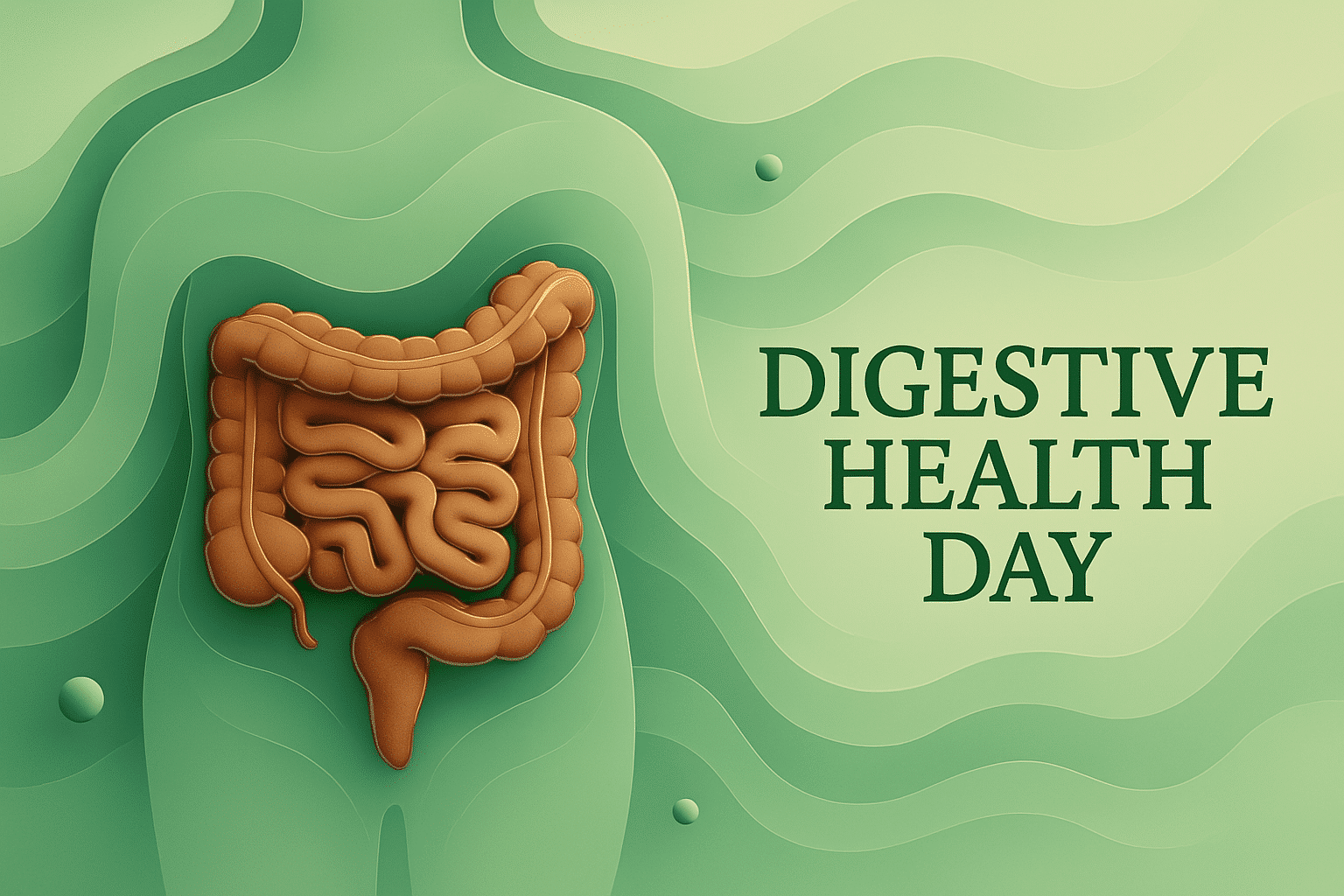What is World Digestive Health Day?
World Digestive Health Day is observed each year on May 29. The day raises awareness about the importance of digestive health and the prevention and treatment of gastrointestinal disorders. It encourages individuals to prioritise gut health as a key part of overall well-being.
Organised by the World Gastroenterology Organisation, the day also supports better access to healthcare, early diagnosis, and lifestyle changes that can reduce digestive problems across populations.
History and Origin
World Digestive Health Day was first launched in 2004 to mark the 45th anniversary of the World Gastroenterology Organisation. Since then, it has grown into a global campaign that includes events, research, and education on all aspects of digestive health.
Each year, the organisers choose a different theme to guide their efforts. The campaign runs year-round, with May 29 as the day when the topic is introduced globally. It is recognised by hospitals, clinics, schools, and public health organisations around the world.
Who Participates in World Digestive Health Day?
- Healthcare professionals: Lead workshops, lectures, and free screenings.
- Hospitals and clinics: Promote healthy habits and provide educational materials.
- Nutritionists and wellness coaches: Share tips for better gut health and balanced eating.
- Public health agencies: Run campaigns on prevention and early diagnosis.
- Individuals and families: Take the opportunity to learn more and make positive changes.
Slogans and Themes
Each year, the campaign uses a new theme. In 2024, it was “Your Digestive Health: Make It a Priority.” The message encourages everyone to take charge of their gut health through awareness, diet, and regular medical care. Other recurring messages include “Healthy Gut, Healthy Life” and “It Starts in the Gut.”
Colors symbols and patterns
Colors
- Green: Symbolises health, growth, and natural wellness.
- Blue: Often used to represent medical care, calm, and trust.
- Orange: Adds warmth and energy to campaigns, often used to highlight vitality.
Symbols
- Digestive system diagrams: Used to visualise internal organs and functions.
- Leaf or plant icons: Represent natural remedies and nutrition.
- Smiling stomach faces: Common in playful or public-facing materials for kids.
Patterns
- Spirals: Used to symbolise the internal complexity of the digestive system.
- Wave shapes: Represent movement, digestion, and flow.
- Checklists: Frequently used in posters to share healthy habits and tips.
Most Used Hashtags
- #WorldDigestiveHealthDay
- #DigestiveHealth
- #WDHD
- #GutHealth
- #HealthyGut
How to Celebrate World Digestive Health Day:
- Join an educational event: Attend a talk or health seminar at a local hospital or online.
- Focus on diet: Add more fibre, vegetables, and fermented foods to your meals.
- Exercise: Regular physical activity supports digestion and reduces stress.
- Drink water: Stay well-hydrated throughout the day to aid your digestive system.
- Avoid irritants: Cut back on smoking, alcohol, and processed foods that affect gut health.
Why is World Digestive Health Day Important?
Digestive health affects everything from nutrition to mood. When your gut isn’t working well, your whole body suffers. Yet millions of people ignore symptoms or lack access to proper care.
World Digestive Health Day reminds us that small changes make a big difference. It encourages early treatment, promotes research, and supports public education. By shining a light on this overlooked area of health, it helps people live longer, healthier lives.
Features
Contact Info
May 29: Digestive Health Day
Why do you keep falling for the same type?
Read the article Lovemaps: the hidden blueprint of our love.

